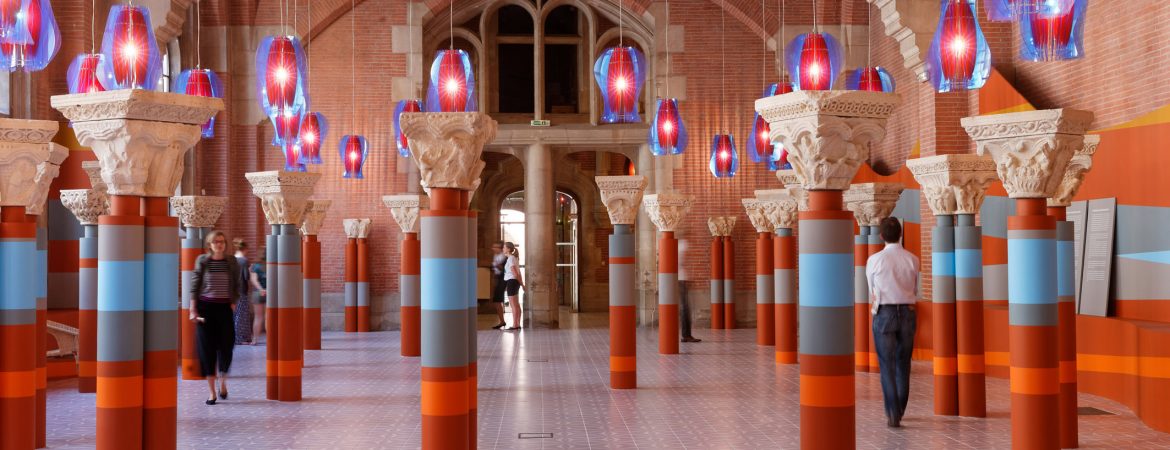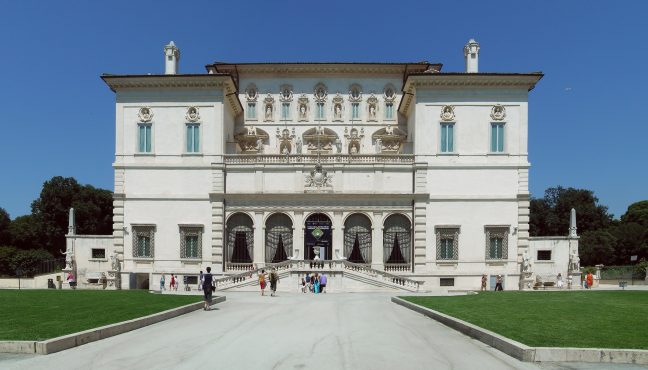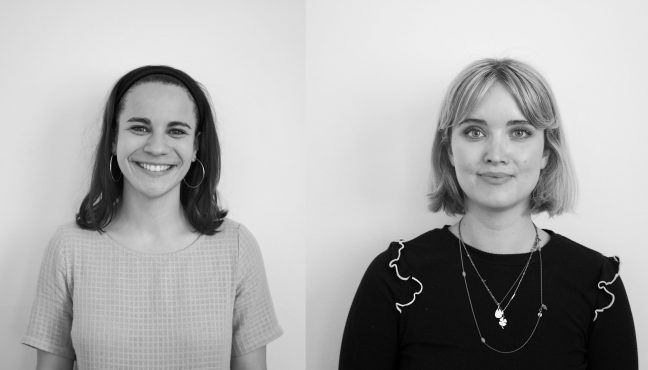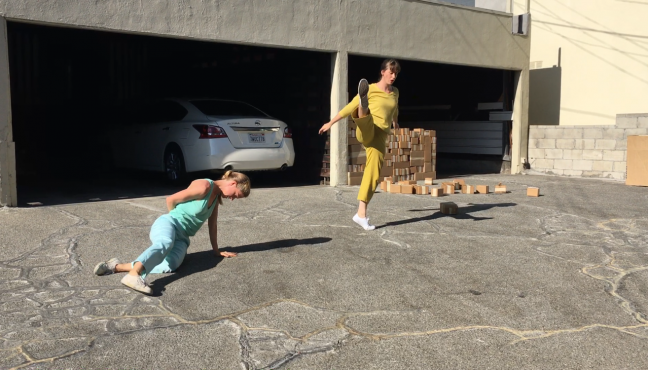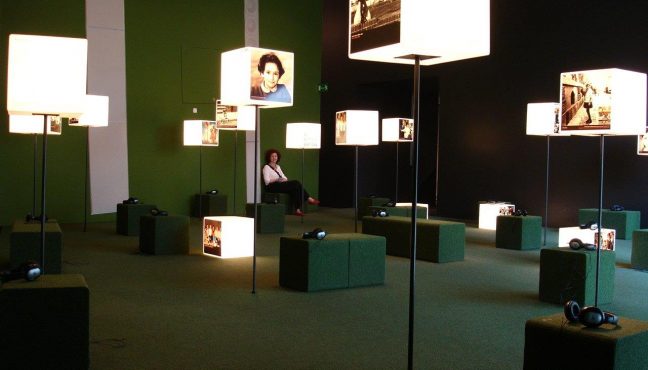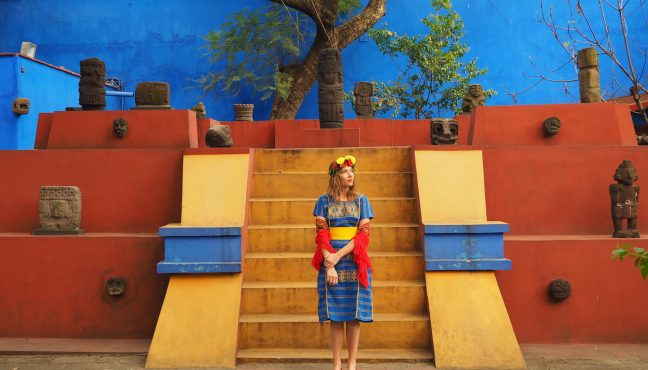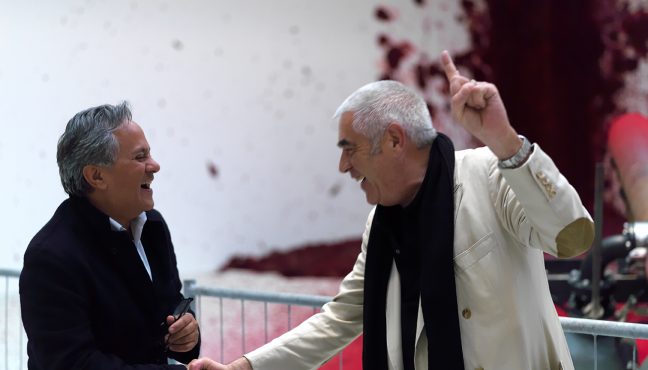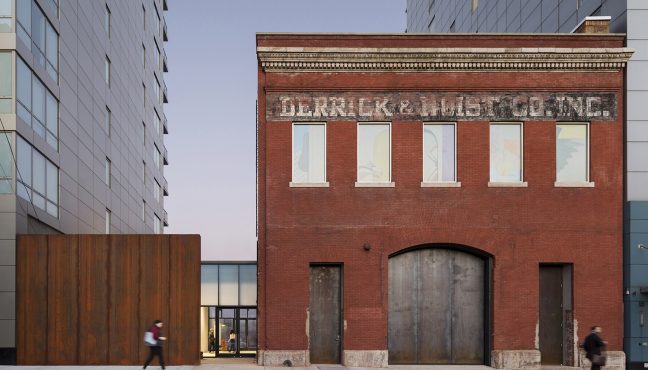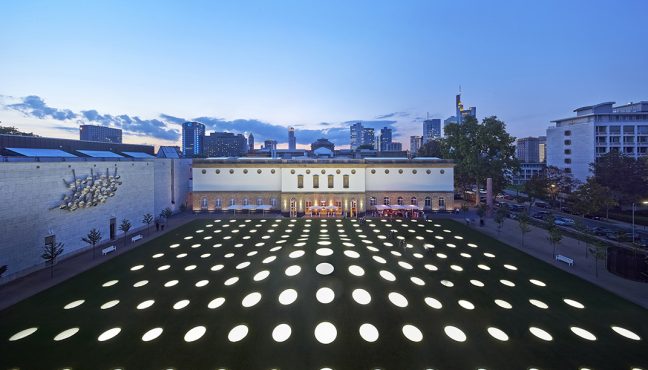Blogging about museums, exhibitions and art is relatively new. However, the blogs that deal with this subject are very organized, rich in content and informative. That is the case with a duo from Germany that has started their blog MusErMeKu featuring the latest cultural and art news.
In their own words, at musermeku.org (https://musermeku.org/), Angelika Schoder and Damián Morán Dauchez report weekly on art and culture news as well as on current debates from the cultural sector. Since 2013, the two museum experts from Hamburg in Germany write about current exhibitions, recommend museums, or present event- and travel-tips. They also run accounts for @musermeku on Twitter, Instagram, Facebook and YouTube.
Angelika and Damián studied literature, sociology, history and museum design in Germany and Austria. During their studies, they have repeatedly worked their way into a variety of subject areas in the arts and culture sector. They have a great interest in complex contexts and challenging questions. In Hamburg, both are active in the areas of press and public relations, and work as online editors and social media managers.
The goal of Angelika and Damián is to provide a comprehensive overview of various cultural issues on their blog. The name MusErMeKu comes from the combination of the German words museum (Museum), memory (Erinnerung), media (Medien) and culture (Kultur). The blog is not only about museums, exhibitions and events, but also about working conditions in the cultural sector and about digital transformation processes in the field of museums.
We caught up with them and asked them to share with us their tips!
Your secret art venue when you seek peace and quiet
If you are looking for tranquility in the middle of the city, the Musée des Augustins in Toulouse, France is a really relaxing place. The museum is housed in an ancient Augustinian monastery. The historic buildings of the Gothic style date back to the 14th and 15th centuries, complemented by a small church dating back to 1626. The Musée des Augustins was opened in 1793 and can look back on a history as long as the Louvre in Paris.



The collection of the museum includes over 4,000 works of art. The Musée des Augustins shows medieval works of art, paintings by European masters from the 15th to 17th centuries, historical architectural fragments from the 12th century as well as paintings and sculptures from the 17th to the 20th century. The artists represented here include, among others, Eugéne Thivier, Alexandre Falguière, Eugéne Delacroix, and Henri de Toulouse-Lautrec.




The best food experience in an art space
The restaurant with the best view in London is located in the Tate Modern. From here you have a wonderful view over the English metropolis. The food is typically British with seasonal ingredients and selected wines.



The Tate Gallery of Modern Art is one of the world’s largest museums of modern and contemporary art. The museum is located in a converted power station, the former Bankside Power Station, on the banks of the River Thames in Southwark. The restaurant of the Tate is located in the new building, designed by the architects Herzog and de Meuron.




A museum gift shop that you never leave empty handed
The International Maritime Museum in our hometown Hamburg has one of the most diverse museum shops with books about maritime history. The shop also sells Hamburg souvenirs and hanseatic gifts, as well as maritime fashion and jewelry. Furthermore, there are typical North German sweets and coffee specialties. The museum shop also has a good selection of Nordic spirits, such as Hamburg’s gin produced in the district of Altona, or various varieties of Aquavit, for example from Iceland.






Your museum with a wow-factor
The Fondation Beyeler in Riehen near Basel in Switzerland definitely has a wow-factor. The museum building designed by architect Renzo Piano is located in the middle of Berower Park. The park serves as an exhibition space for numerous works of art, for example for sculptures by Alexander Calder or Thomas Schütte.


The Beyeler collection, which contains around 250 works of classical modernism and contemporary art, dates back to the gallery owners Hildy and Ernst Beyeler. They collected art from the 20th century, including Cézanne, Monet, Van Gogh, Kandinsky, Picasso, Miró and Warhol. Different works from the collection are always shown. The collection is complemented by constantly changing permanent exhibitions on modern and contemporary art.


© Successió Miró / Calder Foundation, New York / Art Resource, NY / 2017, ProLitteris, Zürich
Please share with us a special personal memory related to a museum experience
Lastly, we were at the Albertinum in Dresden in an exhibition about subculture in Germany in the 1980s. The exhibition shows how the personal motifs and articulation of the countercultures differed on both sides of the Wall, as a result of the different social systems. In West-Germany there was freedom of the arts, but in the East being a part of the artistic subculture often had far-reaching personal consequences for the artists. They were spied on by the Secret Service of the state and sometimes they were arrested directly from the stage.
The exhibition encouraged us to discuss about what freedom of art means. At the same time, one begins to think about the fact that even today artists in many countries cannot work freely and, for example, can not criticize politics. We find such exhibitions very important, because museums should always encourage visitors to think about current social problems.

